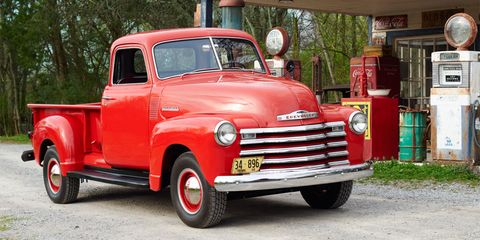Restoring classic cars blends preservation with personal passion. One of the most challenging yet rewarding aspects of restoration is updating the electrical system. Modernizing a classic car’s electrical system involves striking a balance between maintaining vintage charm and incorporating contemporary reliability and conveniences. Consider this broad overview of how to update or restore electrical systems in classic cars, including wiring, lighting, and modern conveniences.
Wiring: The Backbone of Electrical Systems
The first step in updating a classic car’s electrical system is to assess the condition of the existing wiring. Many unrestored classic cars have wiring that is outdated and brittle, frayed, or corroded. This can cause electrical failures or even fires. Thoroughly inspect the wiring harness for any signs of wear or damage.
Given the age of most classic cars, replacing the entire wiring harness is often the best course of action. Modern wiring harnesses are made with higher quality materials and improved insulation for greater durability and safety. When selecting a new wiring harness, it is important to choose one that matches the specific make and model of your car. Many manufacturers produce aftermarket harnesses designed to fit classic cars, using the original wire colors and connectors for visual authenticity.
If you want to add modern features, custom wiring solutions are available. Custom harnesses can be designed to include circuits for additional devices such as air conditioning, power windows, or upgraded sound systems. You just need to plan these modifications carefully to avoid overloading the electrical system.
Lighting: Enhancing Visibility and Safety
One of the most popular upgrades for classic cars is switching to LED lighting. LED lights offer several advantages over traditional incandescent bulbs, including lower power consumption, longer lifespan, and brighter illumination. They also generate less heat, reducing the risk of damaging the vehicle’s wiring or lenses.
LED headlights can significantly improve nighttime visibility, making driving safer. Additionally, LED bulbs are available for taillights, brake lights, and interior lights, providing a comprehensive lighting upgrade. When upgrading to LED lights, it’s important to the cars long-term value to preserve the car’s vintage appearance. Many manufacturers produce LED bulbs designed to fit into the original light housings, ensuring that the exterior look of the car remains unchanged. For purists, some LEDs are even available with a warmer color temperature that mimics the glow of incandescent bulbs.
Sound System: It’s All about the Tunes
Classic cars often come with outdated or non-functional sound systems. Modernizing the audio system can greatly enhance the driving experience. Options range from installing a simple Bluetooth-enabled head unit that allows for hands-free calling and music streaming, to a complete audio overhaul with new speakers, amplifiers, and subwoofers.
When upgrading the sound system, choose components that fit within the original radio’s footprint or to conceal modern units behind classic-looking interfaces. This way, you can enjoy modern sound quality without compromising the car’s vintage dashboard aesthetics.
Cooling off: Adding Air Conditioning
Many classic cars were not equipped with air conditioning, making them less comfortable in hot weather. Modern air conditioning kits can be installed without significant modifications to the car’s structure. These kits generally include a compressor, condenser, evaporator, and necessary controls, designed to fit specific classic car models. Adding air conditioning not only improves comfort but can also increase the car’s value.
Stay Secure: Power Windows and Locks
Upgrading to power windows and locks adds convenience and security to classic cars. Kits for these upgrades are designed to fit within the existing door panels, maintaining the car’s original look. Installing them involves running new wiring and installing motors and switches, which can often be accomplished without altering the car’s appearance.
Don’t Get Shocked: Voltage Considerations
Some classic cars operate on a 6-volt electrical system, while modern components typically require a 12-volt system. Upgrading from a 6-volt to a 12-volt system involves replacing the generator with an alternator, changing the battery, and updating all bulbs and electrical components to handle the higher voltage. This conversion can significantly improve the performance and reliability of the electrical system.
Circuit Protection: Prevent Fires and Simplify Repairs
Adding modern conveniences increases the electrical load on the system. Just be sure to incorporate adequate circuit protection to prevent overloads and potential fires. Installing a modern fuse box or circuit breaker panel helps you manage the electrical circuits better and can simplify troubleshooting and repairs.
Grounding: Prevent Future Issues
Proper grounding is crucial for the reliable operation of electrical systems. Classic cars often have poor grounding because of rust and corrosion. Ensuring that all electrical components have a clean, secure ground connection is vital for preventing electrical issues. Clean it and replace ground straps and ensure all connections are tight and corrosion-free.
Bringing a classic car’s electrical system into the modern age enhances its functionality, safety, and enjoyment. Whether it’s updating the wiring, upgrading the lighting, or adding modern conveniences like air conditioning and power accessories, careful planning and execution are key. Balancing the preservation of the car’s vintage charm with the incorporation of contemporary features ensures that the restored classic car remains a timeless piece of automotive history.
